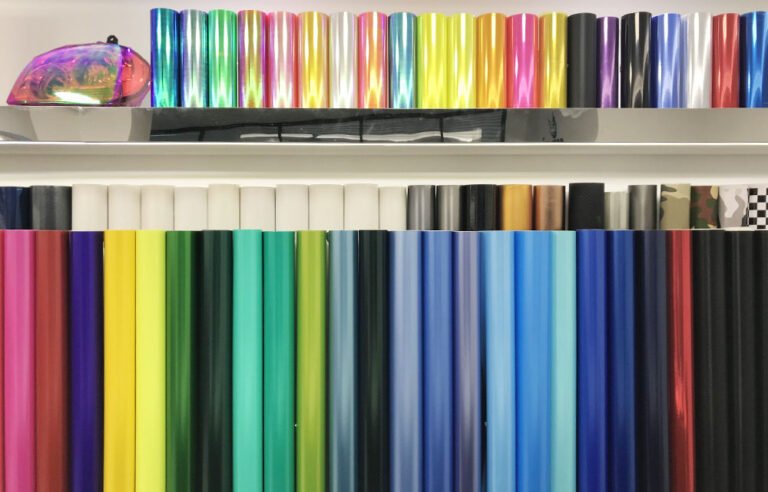The Benefits of Window Glass Protector Film: Enhancing and Protecting Your Windows
Window glass protector film offers numerous benefits when it comes to enhancing and protecting your windows. Here are some key advantages:
- Scratch and Impact Resistance: Window glass protector film acts as a protective barrier, safeguarding your windows against scratches, chips, and impact damage caused by various factors like debris, pets, or accidental contact. It helps maintain the pristine appearance of your windows for a longer time.
- UV Ray Protection: Quality window glass protector films often include UV-blocking properties, which can significantly reduce the amount of harmful ultraviolet (UV) rays entering your space. These films can block up to 99% of UV radiation, protecting your furniture, flooring, and other interior elements from fading and sun damage.
- Energy Efficiency: Certain types of window glass protector films are designed to improve the energy efficiency of your windows. By adding an extra layer of insulation, these films help reduce heat transfer, keeping your space cooler in summer and warmer in winter. This can lead to lower energy consumption and reduced utility bills.
- Glare Reduction: Excessive glare from sunlight can be a nuisance, causing eye strain and discomfort. Window glass protector film can help mitigate glare by filtering out the harsh brightness while still allowing natural light to illuminate your space. This creates a more comfortable and visually appealing environment.
- Privacy Enhancement: Some window glass protector films offer privacy-enhancing features. These films can obscure the view from the outside while maintaining visibility from the inside. They are particularly useful for windows in bathrooms, bedrooms, or areas where you desire increased privacy without sacrificing natural light.
In summary, window glass protector film offers benefits such as scratch and impact resistance, UV ray protection, energy efficiency, glare reduction, privacy enhancement, easy maintenance, and aesthetic customization. By investing in window glass protector film, you can enhance the longevity, functionality, and visual appeal of your windows while enjoying a more comfortable and protected living or working environment.

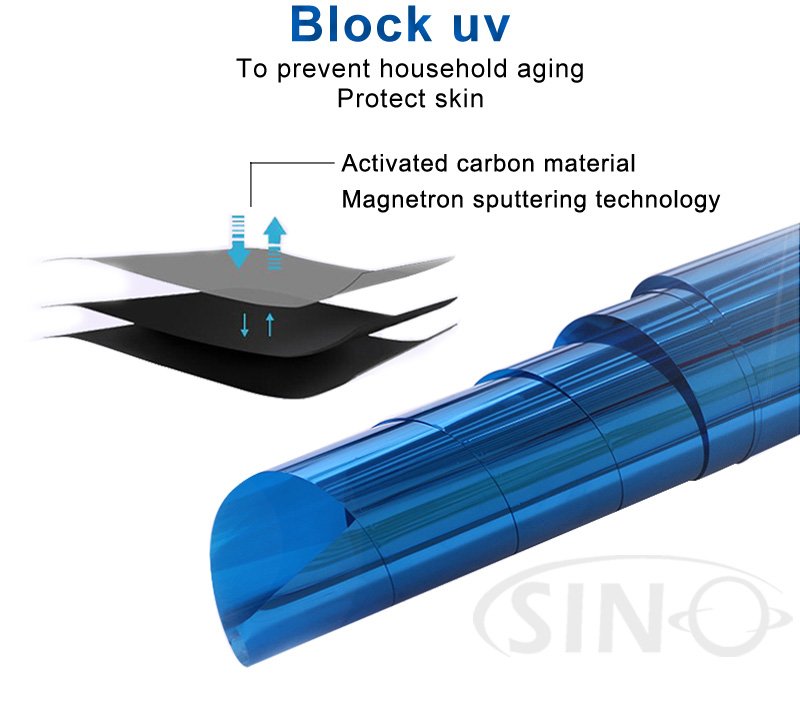
Choosing the Right Window Glass Protector Film for Your Needs: A Buyer’s Guide
Choosing the right window glass protector film is crucial to ensure that it meets your specific needs and requirements. Here’s a comprehensive buyer’s guide to help you make an informed decision:
- Assess Your Goals and Needs: Determine why you need window glass protector film. Are you looking for enhanced privacy, UV protection, energy efficiency, or to prevent scratches and damage? Understanding your goals will help you narrow down your options.
- Evaluate Film Types: Familiarize yourself with different types of window glass protector films available in the market. These may include solar control films, security films, privacy films, decorative films, or a combination of these. Each type serves a specific purpose, so choose the one that aligns with your objectives.
- Consider Performance Features: Look for specific performance features that align with your needs. For example, if you want UV protection, opt for a film with a high UV blocking percentage. If energy efficiency is your priority, choose a film with good heat insulation properties.
- Assess Visible Light Transmission (VLT): VLT refers to the amount of light that passes through the film. Determine the level of natural light you want to allow in your space. Films with higher VLT will allow more light, while films with lower VLT provide greater privacy.
- Check for Certification: Look for window glass protector films that have relevant certifications, such as those indicating energy efficiency or UV protection standards. Certifications ensure that the film meets industry standards and performs as advertised.
By following this buyer’s guide, you’ll be equipped with the necessary knowledge to select the right window glass protector film that aligns with your goals, preferences, and requirements.
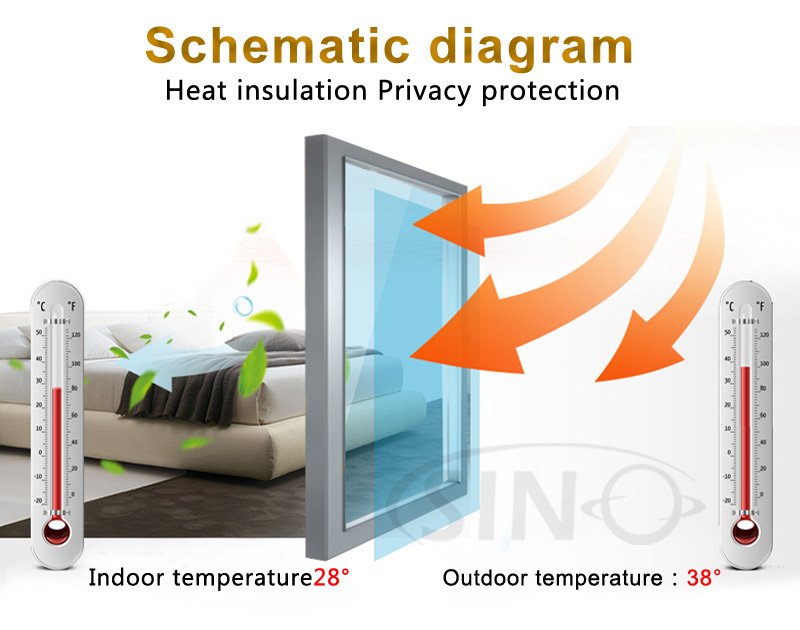
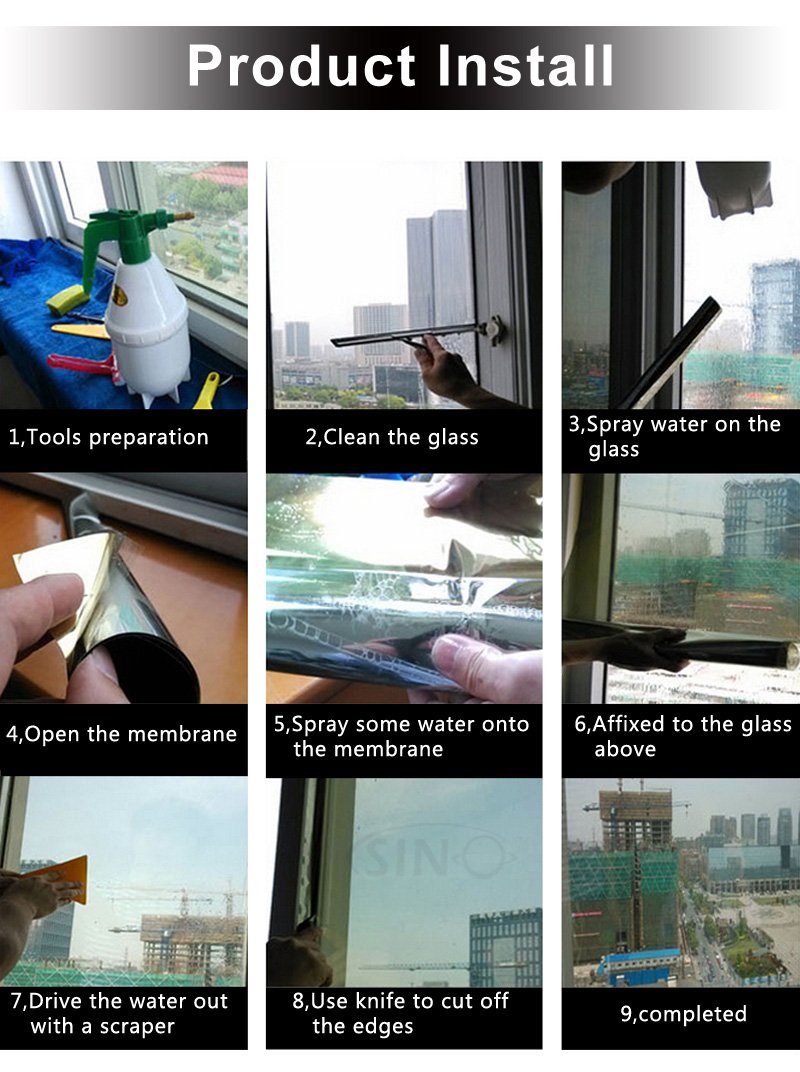
DIY Window Glass Protector Film Installation: Step-by-Step Instructions
Materials Needed
- Window glass protector film
- Measuring tape
- Scissors or utility knife
- Spray bottle filled with a mixture of water and a few drops of liquid soap
- Squeegee or credit card
- Lint-free cloth or microfiber towel
Step 1: Clean the Window
Start by cleaning the window thoroughly to ensure there are no dirt, dust, or debris on the surface. Use a window cleaner or a mild soapy solution to clean the glass. Dry the window with a lint-free cloth or microfiber towel.
Step 2: Measure and Cut the Film
Measure the dimensions of the window carefully using a measuring tape. Add an extra inch or two to each side to allow for some margin. Roll out the window glass protector film on a clean surface and use the measurements to cut out a piece of film that matches the size of the window.
Step 3: Wet the Window
Fill a spray bottle with a mixture of water and a few drops of liquid soap. Spray a generous amount of the solution onto the window surface. This will create a slippery surface that allows you to adjust the film during installation.
Step 4: Apply the Film
Carefully peel off the backing from the window glass protector film, exposing the adhesive side. Align the film with the top edge of the window and slowly press it onto the wet glass surface. Be gentle to avoid trapping air bubbles.
Step 5: Smooth Out the Film
Using a squeegee or credit card, start from the center and work your way towards the edges. Gently push out any air bubbles or wrinkles as you go. Take your time to ensure the film is smooth and properly adhered to the glass.
Step 6: Trim Excess Film
Once the film is applied and smoothed out, use scissors or a utility knife to trim off any excess film along the edges of the window. Be careful not to scratch the glass while trimming.
Step 7: Final Touches
Inspect the window carefully to ensure there are no remaining air bubbles or creases. If you notice any, gently lift the affected area and smooth it out again using the squeegee or credit card. Wipe off any excess moisture with a lint-free cloth or microfiber towel.
Congratulations! You have successfully installed the window glass protector film on your window. Allow some time for the film to fully dry and set according to the manufacturer’s instructions before cleaning the window or opening/closing it.
Please note that the specific instructions may vary depending on the type and brand of window glass protector film you are using. It’s always recommended to refer to the manufacturer’s guidelines for the most accurate installation instructions.
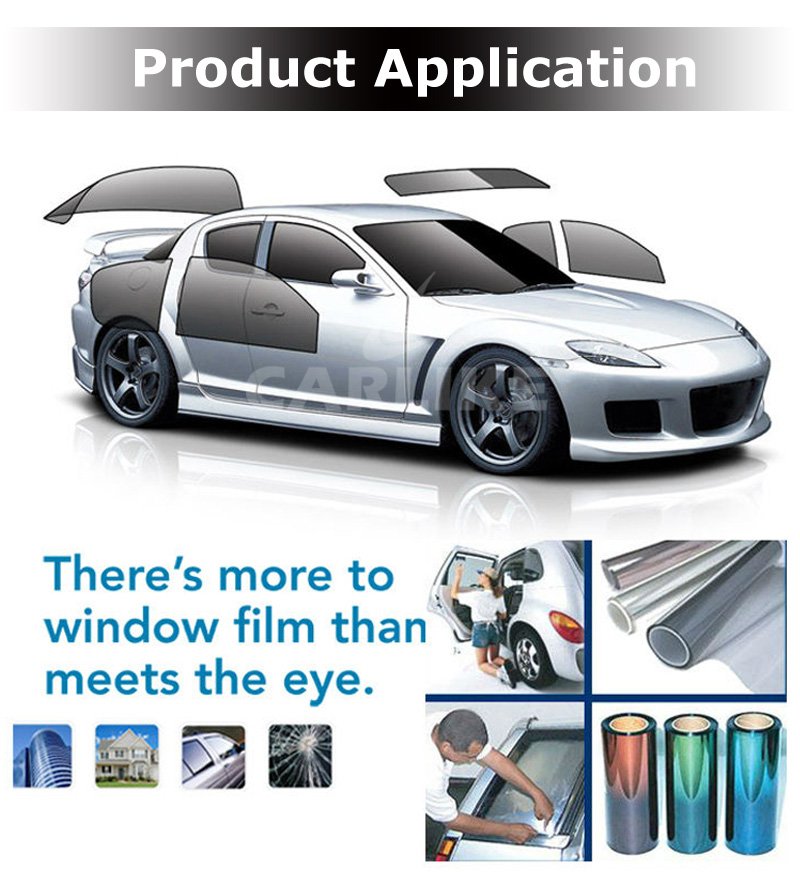
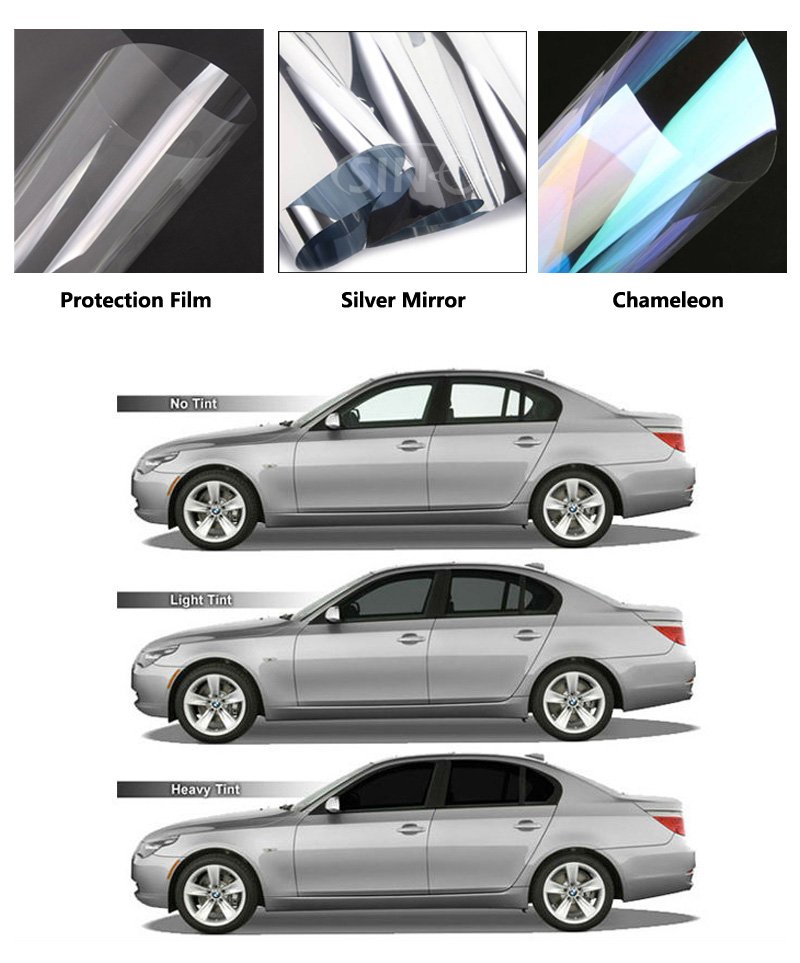
The Science Behind Window Glass Protector Film: How It Works to Enhance Performance
Window glass protector film is not only a visually appealing addition to windows but also a functional one. Its ability to enhance the performance of windows is rooted in its unique composition and design. Let’s delve into the science behind window glass protector film and explore how it works to elevate window performance.
- Composition: Window glass protector film is typically made of multiple layers of polyester or polymer materials. These layers are engineered to provide specific properties such as strength, flexibility, and optical clarity.
- UV Protection: One of the key functions of window glass protector film is to block harmful ultraviolet (UV) rays from entering your space. UV rays can cause fading and damage to furniture, flooring, and fabrics. The film contains UV-blocking agents that absorb and reflect UV rays, protecting your interiors from their detrimental effects.
- Heat Reduction: Window glass protector film can significantly reduce the amount of heat that enters through windows. It contains solar control properties that help to reflect infrared (IR) rays and limit the transfer of heat. By minimizing heat gain, the film keeps your space cooler and reduces the load on air conditioning systems.

Final Words
In conclusion, the transformative power of window glass protector film cannot be overstated. By incorporating this innovative solution into your space, you can revolutionize the look, feel, and functionality of your windows. With its ability to enhance performance by blocking harmful UV rays, reducing heat and glare, improving energy efficiency, and even providing safety and security, glass protector film offers a multitude of benefits. Whether you’re seeking to protect your belongings, create a more comfortable environment, or simply add a touch of style, this versatile solution has you covered. Embrace the potential of window glass protector film and unlock a whole new world of possibilities for your space. It’s time to transform your windows and elevate your living experience to a whole new level.






